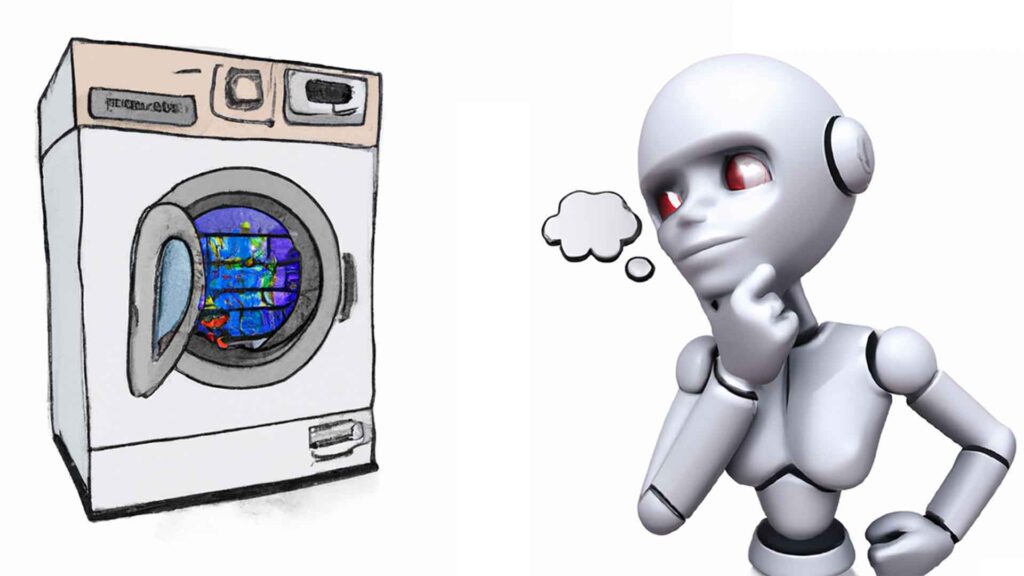eRacks Systems Tech Blog
Open Source Experts Since 1999
More on Open-Washing
We are now an official supporter of the OSAID (Open Source AI Definition):
J

joe January 28th, 2025
Posted In: AI
Tags: AI, eRacks, Open Source, Open Washing, Rackmount Servers
‘Tis the Open Source Season
From all of us here at eRacks Systems to all of you, we wish you a very Merry Christmas and Happy Holiday Season.

And here’s a great article about how Linux can help Santa:
https://betanews.com/2024/12/22/how-santa-claus-could-transform-christmas-with-linux
joe December 24th, 2024
Posted In: Greetings, Linux, News, Open Source
Tags: Christmas, Linux Infrastructure, Santa, tree, Tux, Xmas
Hardware Servers Less than 1/10th the cost of Cloud
We’ve known this since the beginning of when the “Cloud” momentum started in the marketplace a decade or two ago, but it’s always refreshing to see the media coverage supporting this –
DHH (Ruby on Rails Creator, Basecamp, 37Signals Founder) corroborates it:
37Signals CTO: $600k of servers will save $7 million • The Register:
https://www.theregister.com/2023/02/22/cloud_repatration_savings_calculated_basecamp/
joe December 8th, 2024
Posted In: News, servers, Technology
Tags: Cloud, DHH, TheRegister



